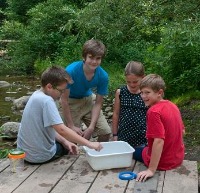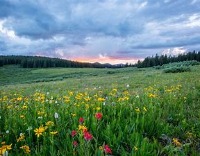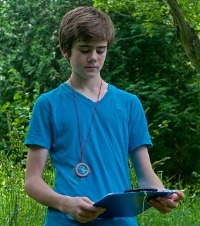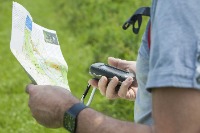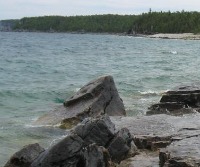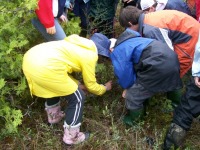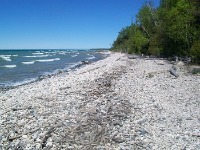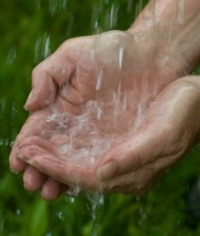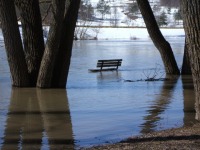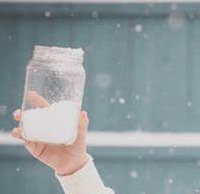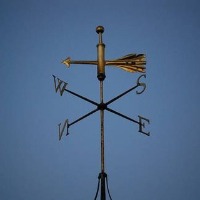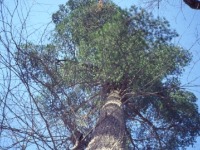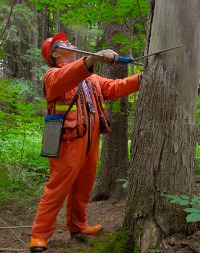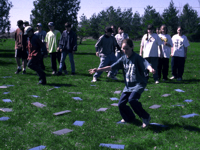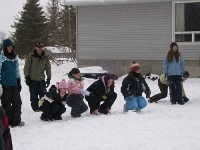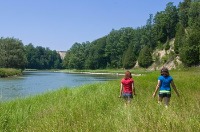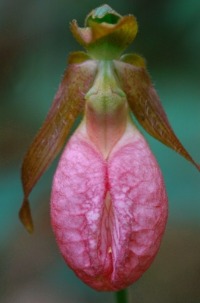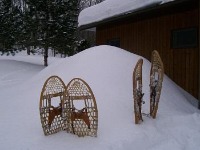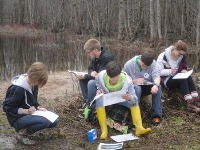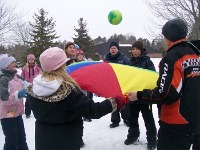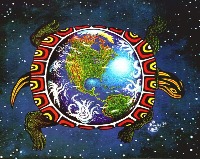|
The Big Chill (Preparing for Winter)
Curriculum Connections with grades 1 to 8
|
|
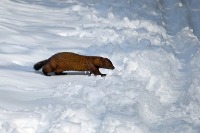
Dates:
- September to November
- January to February
How do plants and animals prepare themselves for winter? Find out what hibernates, what is dormant and what is active during winter. Your students will do some role-playing for this program.
|
|
Birds of a Feather (Winter Birds)
Curriculum Connections with grades 2 to 6
|
|
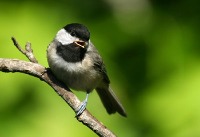
Dates: January to February
We will be using the "S" system to identify birds: size, shape, sound, site, special features and season. Then, find out what birds are eating and how you can help them survive. The program also covers the use and care of binoculars and the making of birdfeeders.
|
|
Boots, Bubbles and Bugs (Pond and Stream Study)
Curriculum Connections with grades 2 to 12
|
|
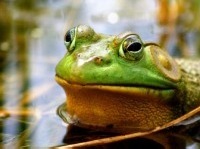
Dates:
- September to October
- May to June
Allan Park and Bognor Marsh offer two different types of aquatic study. They show still and fast-moving waters. So first, discover what lives in and around the water at both types. Then depending on your needs, we can focus on:
-
adaptations, interdependence or classification of these critters or
-
how to rate water quality using indicator species
|
|
Celebrating Spring (SVCA) (Spring Stations)
Curriculum Connections with grades K to 3
|
|
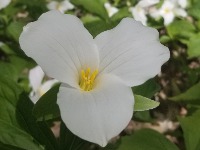
Dates: May to June
This popular spring program is for primary divisions for groups of 20 to 120. We will break up into smaller groups to tour Sulphur Spring Conservation Area. We will investigate the following:
|
|
Fishy Business
Curriculum Connections with grades 4 to 8
|
|
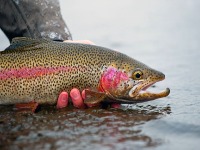
Dates:
- September to November
- May to June
Discover fish adaptations, identification and the perils of living in the water. This program includes investigations into:
-
local freshwater species of fish
-
playing the acid rain game
-
role-playing salmon survival activity
Sulphur Spring Conservation Area hosts viewing ponds with live rainbow trout. There are two peak spawning seasons to see Chinook salmon and rainbow trout migration at Inglis Falls Conservation Area; early April/May, and late September/early October.
|
|
Fur Coat Anyone? (Mammals in Winter)
Curriculum Connections with grades 1 - 7
|
|
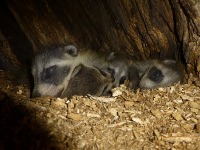
Dates: January to March
Winter offers us a unique chance to track local populations of mammals. Discover some of the adaptations mammals have made to survive the winter. We will also provide some role-play games and activities in this program.
|
|
Going, Going, Gone? (Species at Risk)
Curriculum Connections with grades 2 to 10
|
|
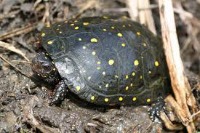
Dates:
- September to November
- January to mid-February
- May to June
Each year the Government of Canada adds new animals and plants to Canada's Species at Risk list. Find out the difference in Grey-Bruce between endangered, threatened, extinct, extirpated species. We will also learn about down-listed and vulnerable species. Learn how they made their way onto the list and what we can do to help them survive.
|
|
Kill or Be Killed (Instincts for Survival)
Curriculum Connections with grades 4 to 9
|
|
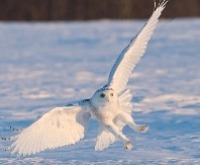
Dates:
- September to November
- May to June
Environmental educators worldwide have adapted Frank Glew's "Instincts for Survival" Game for use. Students soon discover the meaning of a food chain through role-playing herbivores, carnivores and omnivores in a wetland ecosystem. Elements, disease and humans also take part in this game; wreaking havoc with the students' attempts to survive.
|
|
The Mini Beasts (Insect Study)
Curriculum Connections with grades 2 to 6
|
|
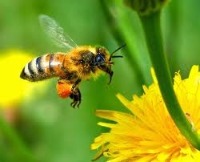
Dates:
- September to October
- May to June
Discover the difference between insects, spiders and other invertebrates. Learn about the adaptations of these mini-beasts to where they live and how they find food. Students make their own collecting containers and take part in a mini-beast safari.
|
|
My What Big Teeth You Have
Curriculum Connections with grades 4 to 8
|
|
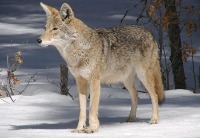
Dates:
- September to November
- January to mid-February
- May to June
Discover what adaptations predators have that make them fit to hunt for food. Of course, they need more than sharp teeth for this task. We will examine some predators' teeth in this program. We will also play some predator/prey relationship games to emphasize skills.
|
|
Sense of Wonder
Curriculum Connections with grades 4 to 8
|
|
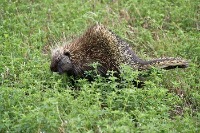
Dates:
- September to November
- January to mid-February
- May to June
How do animals use their five senses? What animal has the best eyesight or the best sense of smell? You will find the answers to these questions and take part in some tracking skills using your senses.
|
|
Space Invaders
Curriculum Connections with grades 2 to 12
|
|
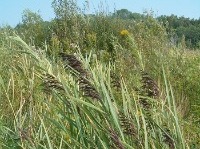
Dates:
- September to November
- May to June
We are being invaded by aliens, not from outer space but animals and plants that come from other places. First, find out the havoc these invasive species are wreaking on our natural environment. Then, you will learn what you can do to keep them out of your backyard.
|
|
Winging It (Waterfowl Study)
Curriculum Connections with grades 1 to 6
|
|
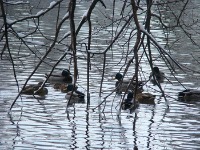
Dates:
- September to November
- May to June
Sulphur Spring and Bognor Marsh play host to many migratory and resident waterfowl. Find out about their special adaptations and habits and watch the families grow. You may even learn some goose language.
|

